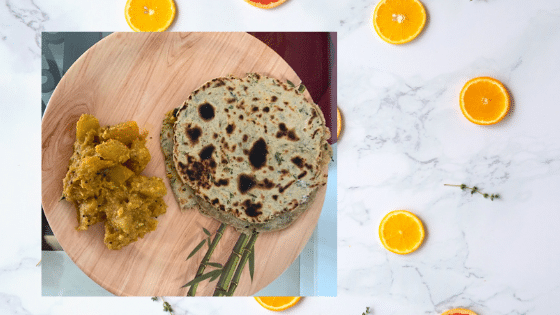When it comes to the rich tapestry of Indian cuisine, there’s a treasure trove of regional flavors waiting to be discovered. One such gem is Moru Kootan, a traditional South Indian dish that marries the tanginess of yogurt with a medley of spices and vegetables.
In this blog, we’re delving deep into the origins of Moru Kootan, its unique preparation, and the heartwarming experience it brings to the table. Moru Kootan is a typical Kerala dish made from yogurt, coconut, and vegetables.
The dish is deeply rooted in the state’s culinary history, and its origin can be traced back to centuries of traditional cooking. Kerala, with its lush landscapes and abundant coconut trees, boasts a cuisine rich in coconut-based curries and tangy flavors.
The dish has also evolved over the years. From being a humble household staple to gracing the menus of South Indian restaurants worldwide, Moru Kootan has transcended its regional boundaries to become a beloved dish for many.
You can use vegetables such as ash gourd, yam, taro root, or raw green plantain. Kootan means curry that can be had with rice. Since the time I turned vegan, I had not eaten this curry. But today I tried the same curry with vegan curd instead of the dairy yogurt and it tasted awesome. My family was surprised to see the yogurt curry and they could not make out it was made of vegan curd till I told them. I am sure you will love this curry too.
I would advise you to use only one type of vegetable at a time and not multiple vegetables. Though the method of cooking is the same using all vegetables, the cooking time may vary depending on the vegetable you use.
Do not forget to check out our Rajasthani-style pumpkin and potato curry from our blog.
How to make Moru Kootan
INGREDIENTS
1 cup Ash gourd cut into big cubes (Other vegetables that can be used are pumpkin, raw banana, yam, or taro root)
1.5 cups vegan curd
A large piece of ground raw mango or 1 tsp amchur powder
1 cup grated coconut
½ tsp cumin seeds
2-3 green chilies
A pinch of turmeric powder
1 tsp mustard seeds
1 dried chili
¼ tsp fenugreek seeds
1 sprig of curry leaves
Salt to taste
Water as required
METHOD
- In a vessel, add the chopped ash gourd, turmeric powder, and 1.5 cups of water. Boil it till the ash gourd is cooked, but still firm.
- In a blender grind the coconut, cumin seeds, and green chilies to a fine paste adding a little curd instead of water. Grind the mango pieces and add them to the remaining curd ( or add the amchur powder). Mix well so that there are no lumps
- Add the cooked ash gourd, and salt and adjust the consistency.
- Cook on a low flame till you see froth on the top of the curry. Do not boil the curry. Turn the flame off.
- Dry Roast the mustard seeds, fenugreek seeds, and red chilies and add them to the curry.
- Garnish with curry leaves
- Serve Moru Kootan with rice or millet. Enjoy this dish with Papad and a vegetable dish.
Moru Kootan is more than just a dish; it’s an experience that resonates with comfort, nostalgia, and the art of cooking. The beauty of Moru Kootan lies in its simplicity, where a handful of humble ingredients come together to create a symphony of flavors that dance on your palate.
The yogurt lends a delightful tanginess that is balanced by the creaminess of the coconut paste. The combination of vegetables adds a textural dimension, while the tempering of mustard seeds and curry leaves infuses the dish with an aromatic allure. When paired with steamed rice, the Moru Kootan experience is nothing short of heartwarming
Whether you’re drawn to its rich history, intrigued by its unique preparation, or simply looking for a taste of comfort, Moru Kootan promises to delight your senses and transport you to the heart of South India.
With each spoonful, you’re not just savoring a dish; you’re embracing a tradition that has woven its way into the fabric of Kerala’s culinary heritage. So, the next time you find yourself yearning for a dish that combines the tang of yogurt, the richness of coconut, and the warmth of tradition, give Moru Kootan a try. Let its flavors take you on a journey through time, reminding you that sometimes, the most comforting dishes are the ones that connect us to our roots.
Do try this recipe and share your experience in the comments section.





No Comments